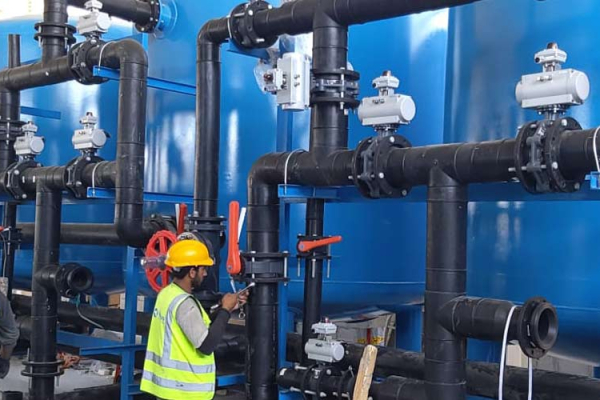
A Comparison of CNC Butt Welding Machines and Traditional Welding Methods in UAE
Modern construction and manufacturing sectors continue evolving with technological advancement in welding techniques. CNC butt welding machines in the UAE represent a significant leap forward in joining technology compared to traditional manual welding methods. These advanced systems combine precision control with automated operations to achieve consistent, high-quality welds. Understanding the differences between these approaches helps businesses make informed decisions about their welding processes.
Efficiency of CNC Butt Welding Machines vs. Traditional Welding Methods in UAE
Time management and resource utilization show marked differences between these welding approaches. CNC butt welding machines in the UAE operate with precise timing and controlled movements, eliminating variations common in manual welding. These automated systems maintain consistent welding speeds and parameters throughout extended operations, unlike traditional methods that depend heavily on operator endurance. The digital controls allow quick parameter adjustments without the trial-and-error approach often needed in manual welding.
CNC Butt Welding Machines vs. Traditional Welding Methods for UAE Industries
Different industries benefit uniquely from these welding technologies. Chemical processing facilities particularly value CNC butt welding machines in the UAE for their ability to create consistently high-quality joints in corrosive environments. Traditional welding methods still serve well in repair work and custom fabrication where flexibility matters more than repeatability. Construction projects increasingly adopt these automated systems for their ability to handle large-diameter pipes efficiently.
Assessing the Quality and Reliability of CNC Butt Welds and Traditional Welds
Quality control processes reveal significant differences between these welding methods. The latest CNC butt welding machines in the UAE incorporate advanced monitoring systems that track and record every weld parameter. Traditional welding relies heavily on visual inspection and operator experience to ensure quality. Digital documentation from CNC systems provides valuable data for quality assurance and project certification, while traditional methods often require additional testing and verification steps.
How CNC Butt Welding Machines Help Reduce Labor Costs and Boost Productivity
Labor requirements differ substantially between these approaches. CNC butt welding machines in the UAE typically require fewer operators while maintaining higher production rates. Traditional welding demands skilled craftsmen who need years of training to achieve expertise. The automated systems reduce physical strain on operators and minimize exposure to welding fumes and hazards, leading to improved workplace safety and reduced insurance costs.
How CNC Butt Welding Machines Outperform Traditional Methods
Performance metrics highlight the advantages of automated systems. These machines maintain consistent quality across long production runs, whereas traditional welding quality can vary with operator fatigue. Modern CNC systems adapt quickly to different materials and thicknesses through programmed settings, eliminating the setup time needed in manual approaches. The precision control reduces material waste and rework commonly associated with traditional welding methods.
Conclusion
The comparison between modern CNC butt welding machines in the UAE and traditional welding methods reveals clear advantages in efficiency, quality, and cost-effectiveness. While both approaches maintain their place in industry, automated systems offer superior consistency and documentation capabilities. Understanding these differences helps organizations choose the most appropriate welding method for their specific applications. As technology continues advancing, the gap between automated and traditional methods will likely widen further, making CNC systems increasingly attractive for industrial applications.

